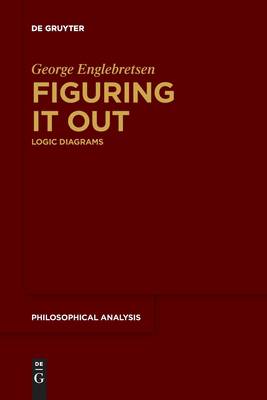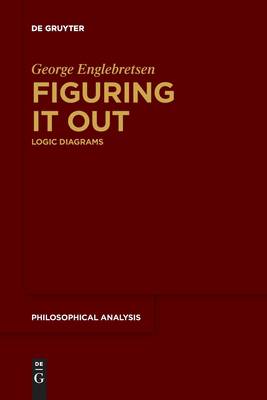
- Afhalen na 1 uur in een winkel met voorraad
- Gratis thuislevering in België vanaf € 30
- Ruim aanbod met 7 miljoen producten
- Afhalen na 1 uur in een winkel met voorraad
- Gratis thuislevering in België vanaf € 30
- Ruim aanbod met 7 miljoen producten
Omschrijving
The book begins with an extensive survey of the history of logic diagrams, including looking at possible diagrams from Aristotle, the development of both linear and closed figure diagrams by Leibniz, Lambert, Euler, Venn's new system, Peirce's Existential Graphs, and Frege's two-dimensional notation as a kind of logic diagram system. During most of the 20th century, there was little regard for efforts to construct logic diagrams. However, since the 1980s there has been an increasing interest in such diagrams. Ever larger numbers of philosophers, logicians, mathematicians, computational scientists, and cognitive scientists have turned their attention to building, analyzing, using, or exploring in other ways systems of logic diagrams. The system offered here makes use of line segments and points and it enjoys a number of important advantages: it is simple, natural, and both expressively and inferentially powerful. It can be used to analyze syllogisms (including those involving relational terms) and arguments involving unanalyzed statements. Understanding such a system can shed valuable light on how ordinary people naturally reason.
Specificaties
Betrokkenen
- Auteur(s):
- Uitgeverij:
Inhoud
- Aantal bladzijden:
- 234
- Taal:
- Engels
- Reeks:
- Reeksnummer:
- nr. 78
Eigenschappen
- Productcode (EAN):
- 9783110763355
- Verschijningsdatum:
- 20/09/2021
- Uitvoering:
- Paperback
- Formaat:
- Trade paperback (VS)
- Afmetingen:
- 156 mm x 234 mm
- Gewicht:
- 367 g

Alleen bij Standaard Boekhandel
Beoordelingen
We publiceren alleen reviews die voldoen aan de voorwaarden voor reviews. Bekijk onze voorwaarden voor reviews.








